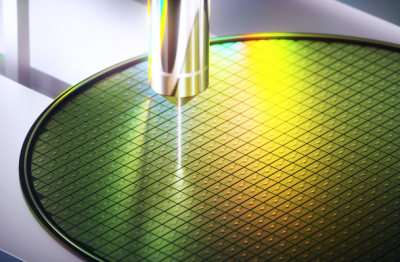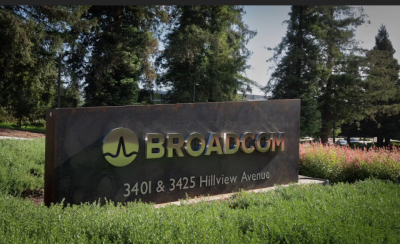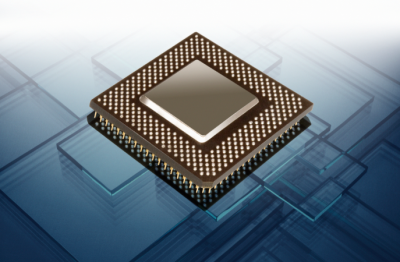| 是否无铅: | 含铅 | 是否Rohs认证: | 不符合 |
| 生命周期: | Obsolete | 零件包装代码: | QFP |
| 包装说明: | QFP, QFP160,1.2SQ | 针数: | 160 |
| Reach Compliance Code: | compliant | HTS代码: | 8542.39.00.01 |
| 风险等级: | 5.9 | Is Samacsys: | N |
| 应用程序: | ATM | JESD-30 代码: | S-PQFP-G160 |
| JESD-609代码: | e0 | 长度: | 28 mm |
| 功能数量: | 1 | 端子数量: | 160 |
| 最高工作温度: | 85 °C | 最低工作温度: | -40 °C |
| 封装主体材料: | PLASTIC/EPOXY | 封装代码: | QFP |
| 封装等效代码: | QFP160,1.2SQ | 封装形状: | SQUARE |
| 封装形式: | FLATPACK | 峰值回流温度(摄氏度): | NOT SPECIFIED |
| 电源: | 3.3 V | 认证状态: | Not Qualified |
| 座面最大高度: | 4.07 mm | 子类别: | ATM/SONET/SDH ICs |
| 标称供电电压: | 3.3 V | 表面贴装: | YES |
| 技术: | CMOS | 电信集成电路类型: | ATM/SONET/SDH NETWORK INTERFACE |
| 温度等级: | INDUSTRIAL | 端子面层: | Tin/Lead (Sn/Pb) |
| 端子形式: | GULL WING | 端子节距: | 0.65 mm |
| 端子位置: | QUAD | 处于峰值回流温度下的最长时间: | NOT SPECIFIED |
| 宽度: | 28 mm | Base Number Matches: | 1 |
| 型号 | 品牌 | 获取价格 | 描述 | 数据表 |
| XRT72L73IB | ETC |
获取价格 |
Telecommunication IC |

|
| XRT72L74IB | ETC |
获取价格 |
Telecommunication IC |

|
| XRT72L74IQ160 | EXAR |
获取价格 |
ATM Network Interface, 1-Func, CMOS, PBGA352, 35 X 35 MM, PLASTIC, BGA-352 |

|
| XRT7300 | EXAR |
获取价格 |
E3/DS3/STS-1 LINE INTERFACE UNIT |

|
| XRT7300 | PULSE |
获取价格 |
T3/DS3/E3/STS-1 TRANSFORMERS |

|
| XRT7300IV | EXAR |
获取价格 |
E3/DS3/STS-1 LINE INTERFACE UNIT |

|
| XRT7302 | PULSE |
获取价格 |
T3/DS3/E3/STS-1 TRANSFORMERS |

|
| XRT7302IQ80 | EXAR |
获取价格 |
PCM Transceiver, 2-Func, E-3, BICMOS, PQFP80, 14 X 14 MM, 1.40 MM HEIGHT, TQFP-80 |

|
| XRT7302IV | ETC |
获取价格 |
PCM Transceiver |

|
| XRT73L00 | EXAR |
获取价格 |
E3/DS3/STS-1 LINE INTERFACE UNIT |

|
 日本芯片代工厂JS Foundry濒临破产 激进扩张致负债161亿日元
日本芯片代工厂JS Foundry濒临破产 激进扩张致负债161亿日元

 LG电子进军HBM制造关键领域 混合键合设备研发瞄准2028年量产
LG电子进军HBM制造关键领域 混合键合设备研发瞄准2028年量产

 博通10亿美元半导体工厂计划搁浅 西班牙谈判破裂背后暗藏政治变局
博通10亿美元半导体工厂计划搁浅 西班牙谈判破裂背后暗藏政治变局

 英特尔联手台积电2nm工艺 Nova Lake芯片流片完成引爆业界期待
英特尔联手台积电2nm工艺 Nova Lake芯片流片完成引爆业界期待
